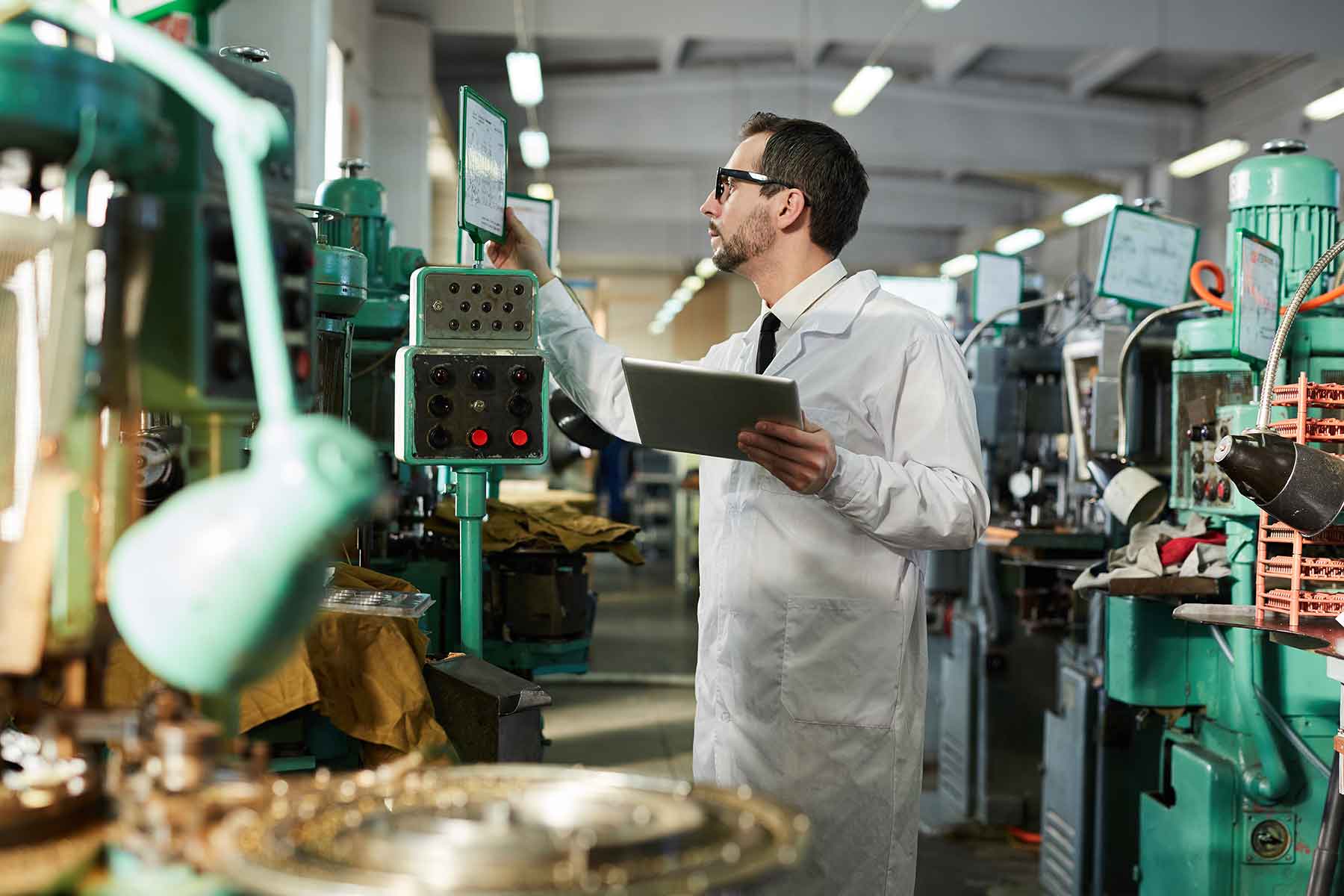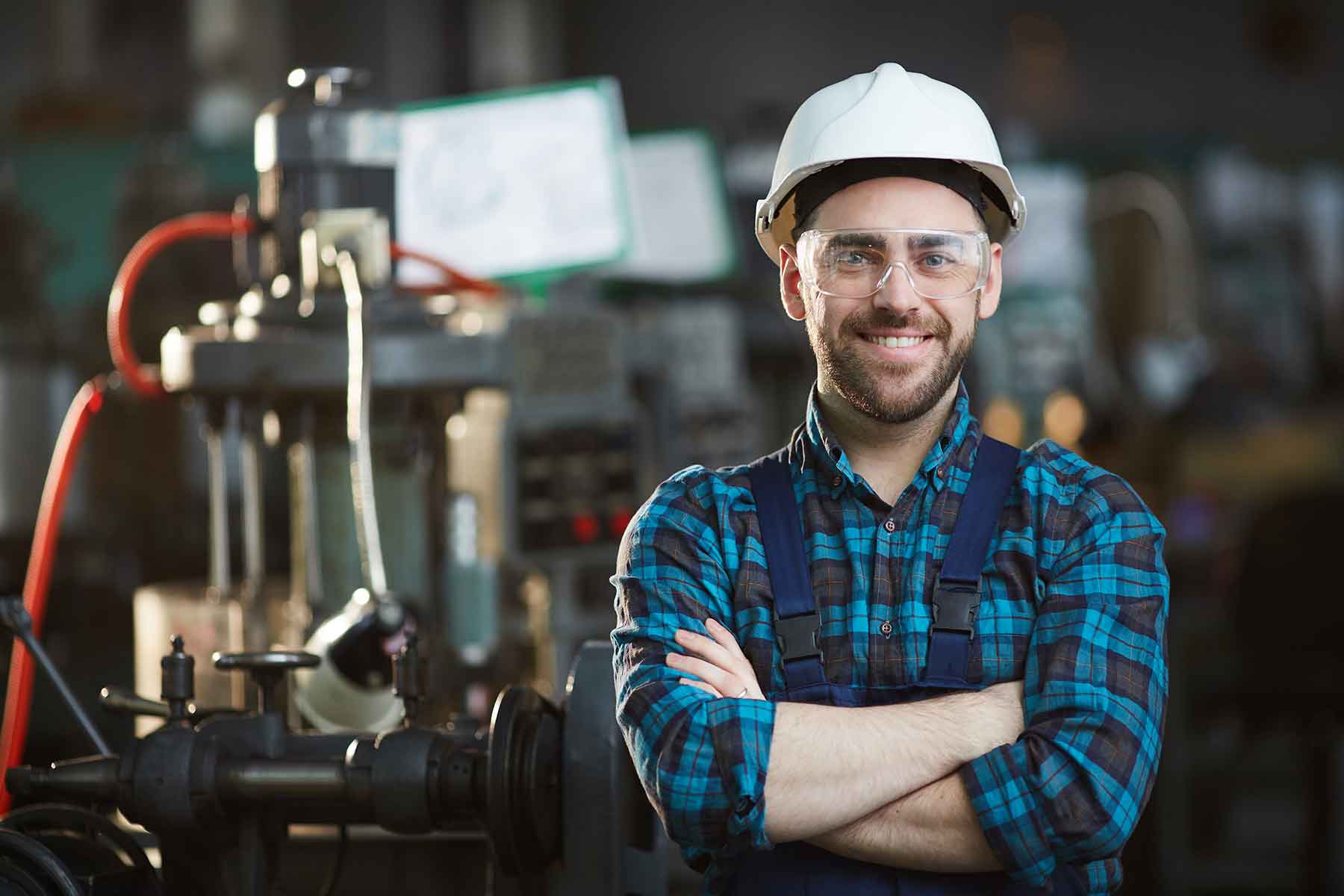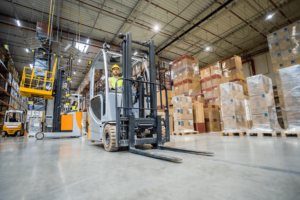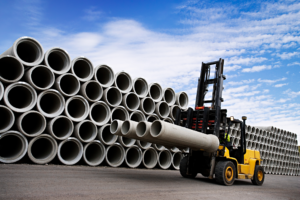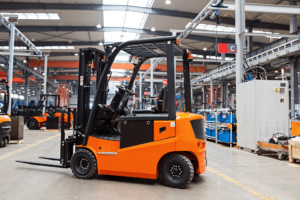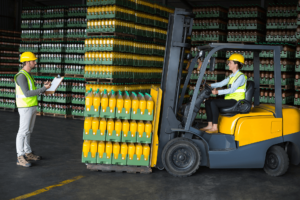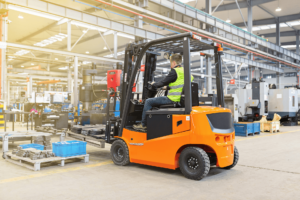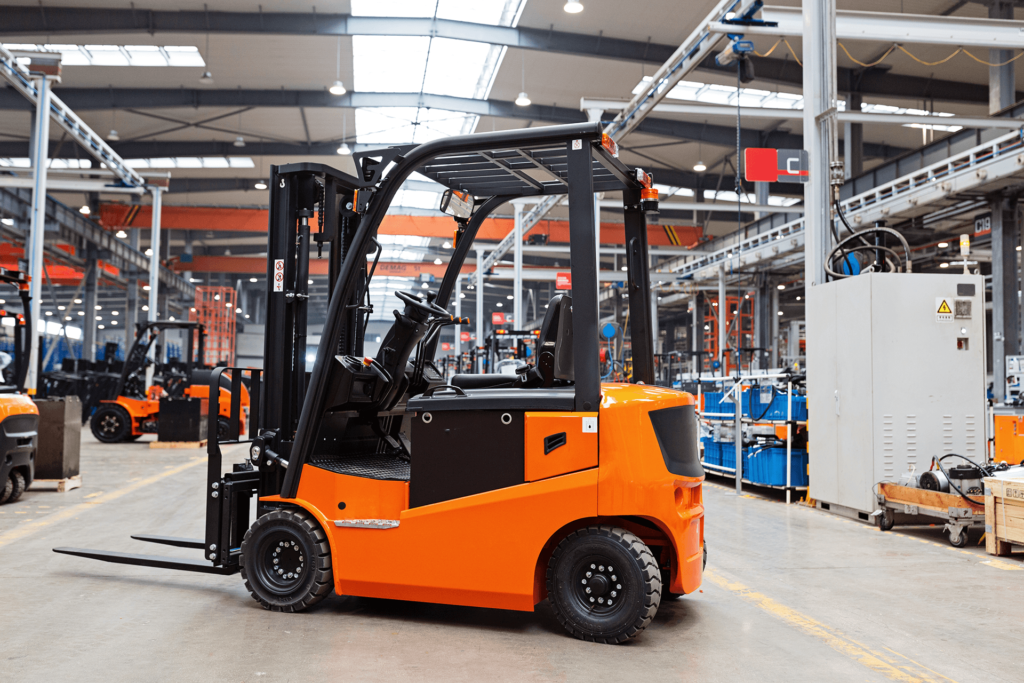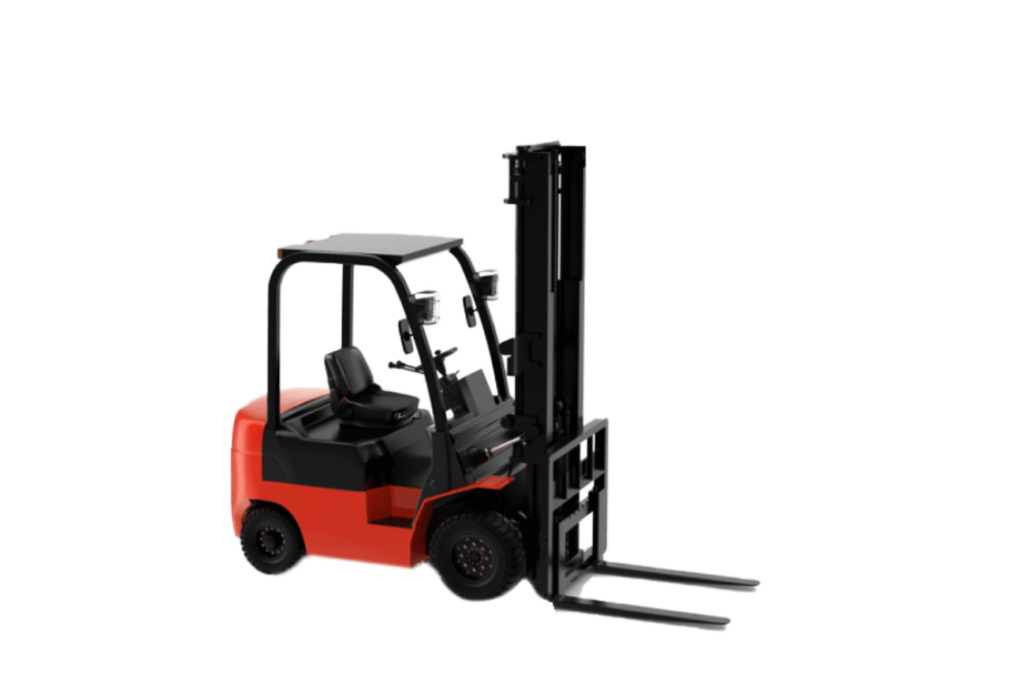Forklifts also known as industrial elevators are devices that help you in handling materials, loading heavy materials and transporting them more easily and quickly from one place to another. The components of a forklift are designed so that they can carry out specific jobs, such as moving loads vertically and horizontally.
They have a lot of parts and movil pieces that allow you to move properly. Here’s a few fundamental characteristics that constitute the forklift’s anatomy:
1.Mast:
The forklift mast is the raised vertical support that allows loads to raise and lower. For most forklifts, the mast was designed toward the front of a forklift and directly in the forklift operator’s line of sight.
Forklift masts come with various sections that raise or lower the forklift carriage along with the forks. These include:
Duplex: Two-stage mast.
Triplex: Three-stage mast.
Quadruple: Four Neck Sections.
When selecting a forklift, it is important that you familiarize yourself with the various characteristics and terminology of a forklift mast: the mast lift height, the free lift height, and the extended height and the lowered height. This will allow you to select a forklift that is designed to meet the specific needs of your applications.
2.Lift cylinder
The forklift lift cylinder powers the vertical movement of the mast, or the raising and lowering of the forklift truck and forks. The lift cylinder is generally hydraulically powered and is a single acting hydraulic cylinder, meaning that it pushes in one direction.
3.Tilt cylinder
Similar to the lift cylinder, the tilt cylinder controls movement for operating purposes. The key difference is that the tilt cylinder controls the tilt movement of the carriage and the angle of the forks relative to the ground.
4.Forklifts car
The trolley is the platform that is located in front of the forklift mast, which is used to mount objects to be controlled through the mast. This includes forklift forks, load backrest, and other features of a forklift that come into direct contact with loads.
5.Forks
Also known as tynes, the forks on a forklift are used to have direct contact with a load to transport. These attach to the forklift carriage and are designed to carry a load from the bottom. Forklift forks come in all shapes and sizes. There are a wide variety of fork types available for various applications.
6.Load backup
The back of the forklift provides the operator with another surface against which to support the load and is attached to the cart. It helps prevent the load from sliding back toward the forklift operator during lifting and traveling conditions.
7.Counterweight
The counterweight is the weight installed on the forklift to help offset the weight being lifted by the forklift. This helps keep the forklift stable during lifting and lowering operations. The forklifts were designed with maximum transport capacities using the counterweight for balancing, so it is important to know the intended transport capacity for the forklift.
8.Operator’s cab
The forklift cabin can be open or closed depending on the options chosen. It is the space where the forklift operator controls and operates the equipment. The cab contains a variety of forklift operating components and controls, and features that are used to maneuver and manipulate the forklift.
9.Tires
All forklifts require tires to operate, but the types of tires and their distribution can vary. There are two main types of forklift tires:
Solid Tire, Tires are used for forklifts that operate indoors. Solid tire rim forklifts are ideal in warehouses and other indoor environments where small turning radii are necessary.
Pneumatic Tires, Pneumatic tire forklifts are generally used to operate outdoors, where surfaces can be uneven, rough, or variable.
Knowing all forklifts parts is so important to have an effective talk with your customers while you’re at work. Remember that if you are interested in knowing more about everything related to forklifts, at E-forklifts we are specialists.


